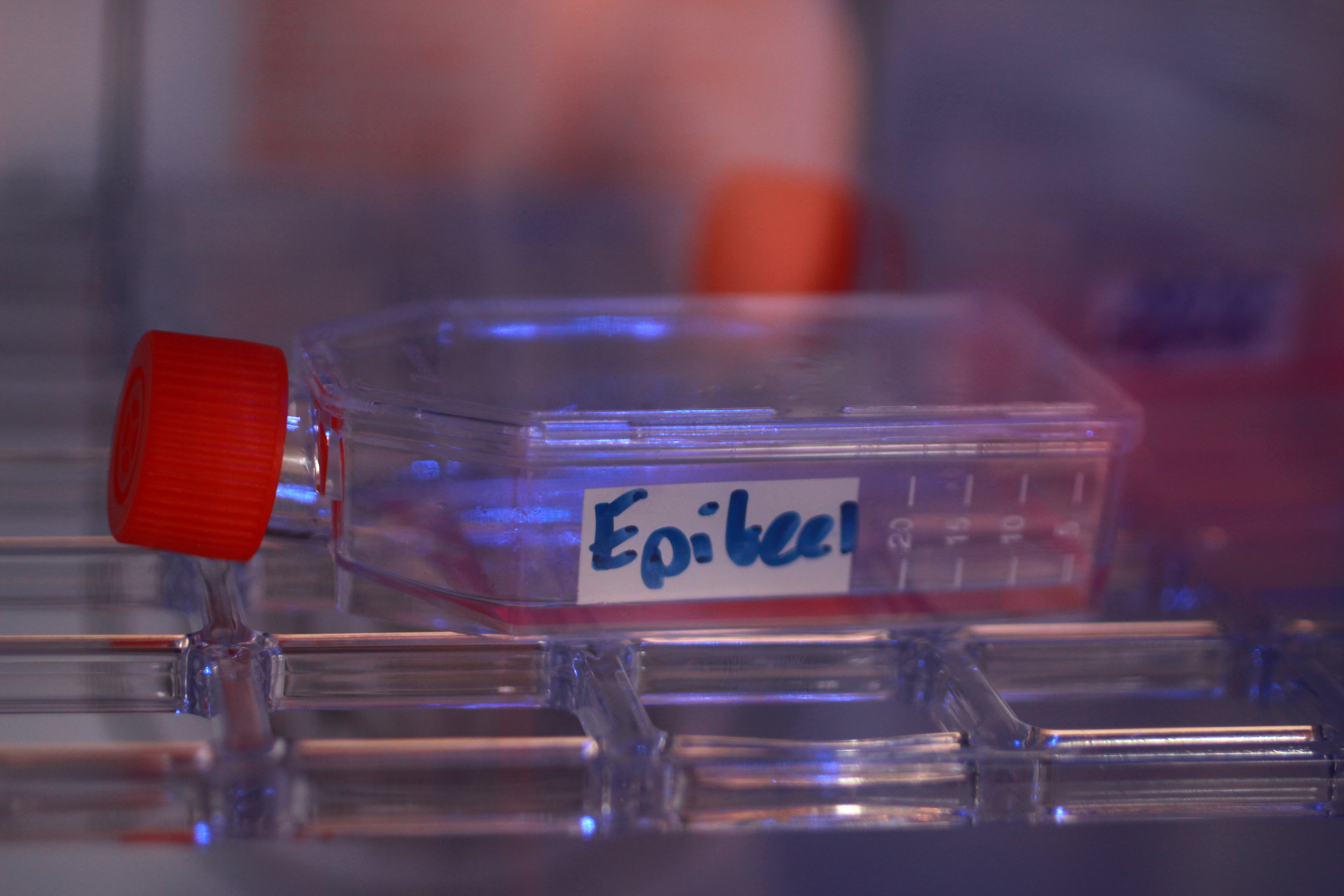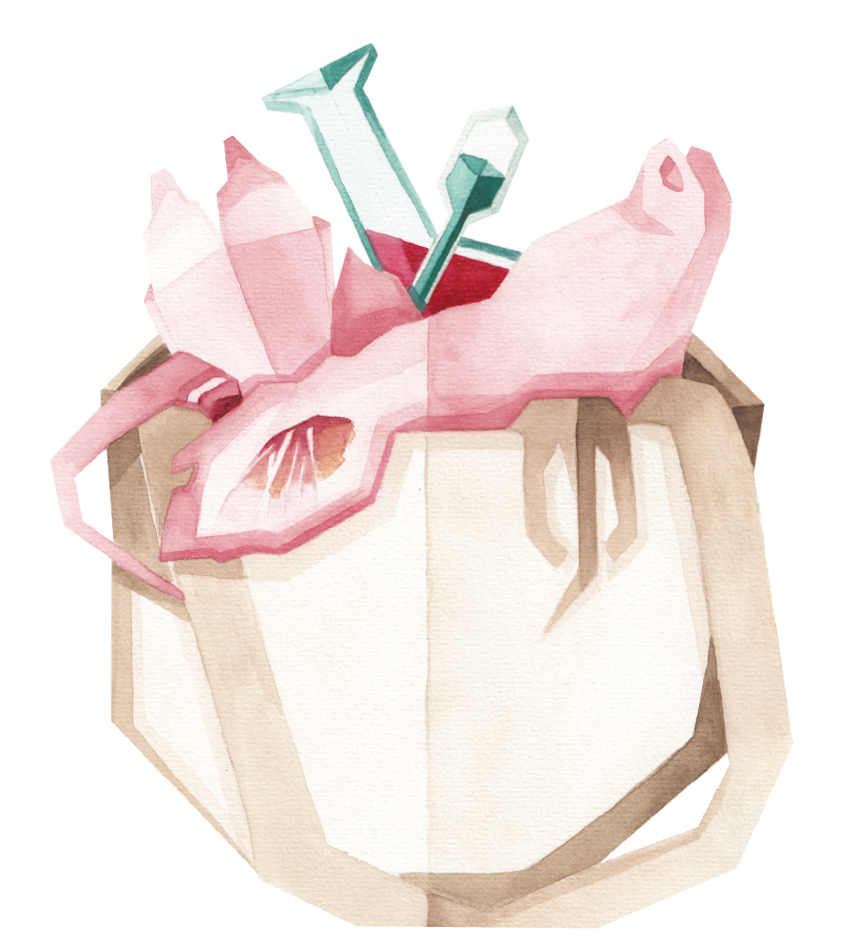The Other Dinner
How eating mice could stimulate innovation..
Year of project: 2013
Internship Waag Society, TU/e
Experimental event about the past present and future of meat
All stories, recipes and experiments are published in my book
Part 1: The other parts
THE OTHER DINNER
The Other Dinner was an experimental public event I organized during my internship at the Open Wetlab, Waag Society Amsterdam, in 2013. The project can be seen as a form of critical design in which aspects of design, biotechnology and culture come together in one artefact to discuss meat eating and the impact cultural taboos have on innovation. During three chapters, the past, present and future of our meat culture were questioned, experienced and discussed. Every step pushed the participants further in being more tolerant towards alternative protein consumption and helped them to form a personal opinion about (cultured) meat eating based on facts and most importantly: experience.
The aim of The Other Dinner was to provide an opportunity for a very diverse group of people to experience nose to tail cooking, eating other animals and creating their own cultured meat.
Part 1: The other parts - an exploration of cooking the often-undesired parts of the animal, aiming to expand the range of meats we eat today.
Part 2: The other animal - experimenting with the consumption of mice meat and muskrat as it was my goal to normalize eating in vitro mouse meat, it seemed like a good first step to try regular mouse meat first.
Part 3: In vitro meat - together with a DIY biotechnologist we experimented with the creation of tissue cultures from various mice cells.
Part 2: The other animals
“Why do scientists not use mice cells instead, in theory saving time, energy and costs?”
STIMULATE INNOVATION BY REMOVING CULTURAL TABOOS
As the global population grows and the demand for meat increases, we will need to broaden our perspective if we want to continue eating meat. Even though the “meatless meats” on the market today are more flavorful and varied than in years past, plant-or insect-based meats are not considered “real” meat. In vitro meat (meat grown in a lab from the stem cells of an animal) could be a viable alternative to meet the market’s demand.
Much of meat’s taste comes from the combination of its muscle tissue (influenced by the animal’s movement in life) with blood vessels and fat content. Today (*2013) in vitro meat consists solely of muscle tissue, which means it has little taste, texture and color (this is added).
If our goal is to grow pure protein from muscle weave, wouldn’t it be more logical to use the most efficient cells to do so? Stem cells of mice, for example, grow much faster and more efficiently into muscle tissue than cows’ cells. So why do scientists not use mice cells instead, in theory saving time, energy and costs?
This is because in vitro meat is already a big leap for the ordinary citizen to make, let alone in vitro meat grown from mice.
If we only decided to break down these taboos and open our mouths to “other” (parts of) animals, and generally redefine what we regard as “meat,” researchers in food science departments would be able to base their experiments on efficiency and costs, rather than the consumer’s picky appetite.
Part 3: DIY cultured meat
THE RESULT
Participants found that after doing hands-on work themselves they were much more willing to taste the experimental meat dishes. The fact that the dinner was a social activity fueled by peer pressure also helped a lot. “After having worked with the strange animal parts for some hours, it almost becomes normal.” one of the participants responded. This was exactly the reaction I was hoping for.
The morning and afternoon program (parts 1 & 2) opened up their minds to considering a future including in vitro meat—and since they had already eaten mice and muskrats anyway, they couldn’t care less whether scientists would use cells from mice or cows for the creation of cultured meat in the future.
“After having worked with the strange animal parts for some hours, it almost becomes normal.”
BEYOND CHOPS AND STEAKS
Consider how in the future, we may no longer have to raise an entire animal to eat its meat; we could simply grow the parts we like from harvested cells inside a petri dish. This way, we will be able to pet the living animal, while eating it!
Just imagine the possibilities. We’re not just talking regular chops and steaks here. Perhaps you’ve always dreamt of a kidney steak or juicy epithelium patch? Or what about using preserved DNA from extinct animals to create dodo meat or dinosaur nuggets? This technology may hold the potential to reshape our long-lasting relationship with meat, and that’s probably a good thing.
Future lab meat | Juicy epithelium patch?





